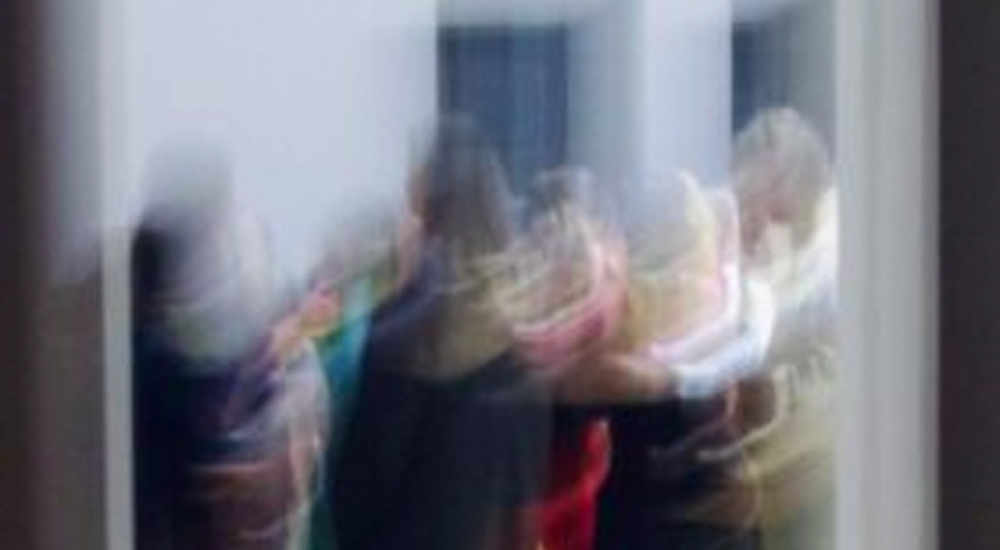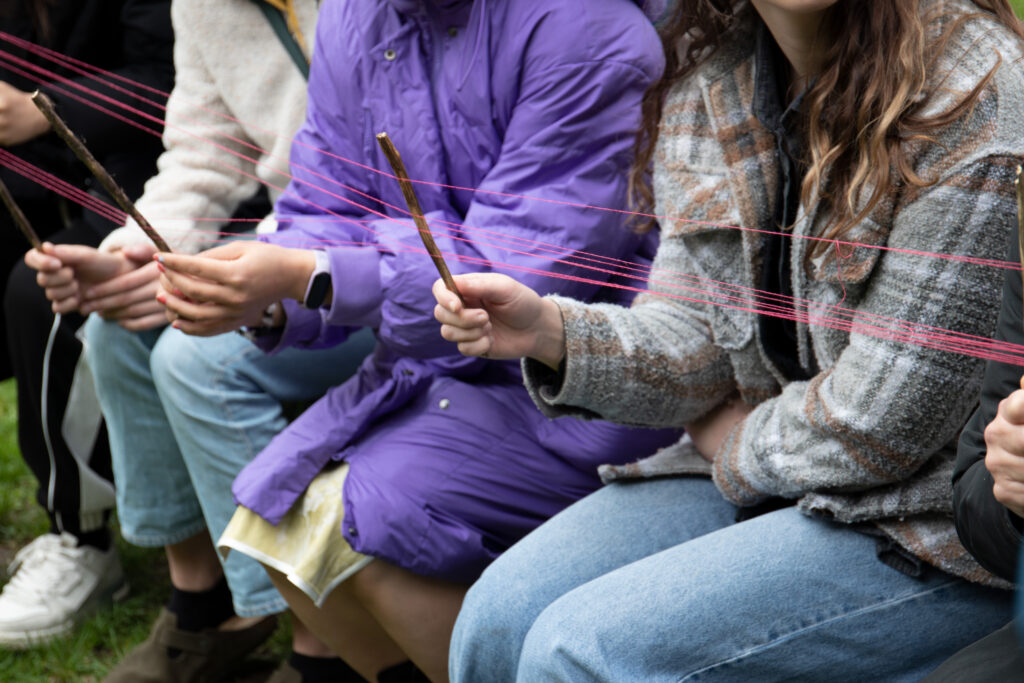
This May we had the privilege of hosting a textiles workshop with Maya Tzʼutujil artist Antonio Pichillá Quiacaín for History of Art and Art students at the ECA. Organised together with the School of Art, this bi-lingual event (in Spanish and English) consisted of an introduction to Pichillá’s practice, followed by a demonstration of traditional Maya Tz’utujil weaving techniques and pattern design.
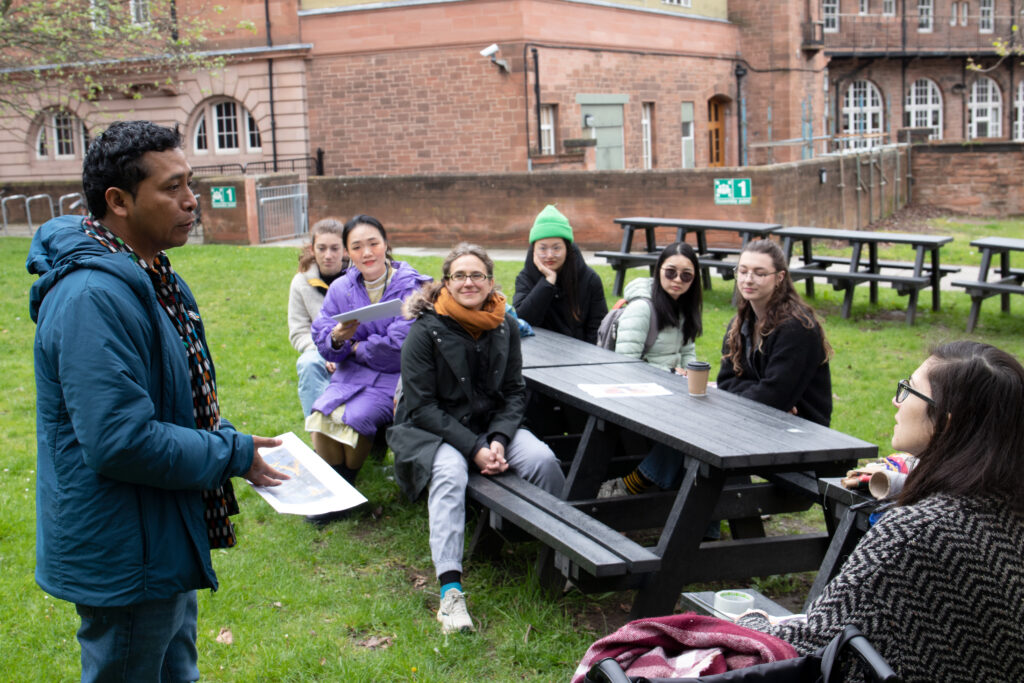
I have known Pichilla for almost a decade, and have previously spent some time conducting research in his home town San Pedro La Laguna on the shores of Lake Atitlán in the Guatemalan highlands. While deeply invested in working with textiles, Pichillá’s practice expands across multiple media, including painting, sculpture, installation and performance. The artist explained some of the main concepts behind the practice of weaving in relation to Maya cosmovision. A fascinating discussion concerning the use of textile in contemporary art ensued, with participating students and faculty members considering current trends in global museums, and the implications for indigenous communities which continue to use ancestral pattens and motifs in their everyday. Pichillá spoke of the ways in which his work as a contemporary indigenous artist is in dialogue both with his community and with international audiences.
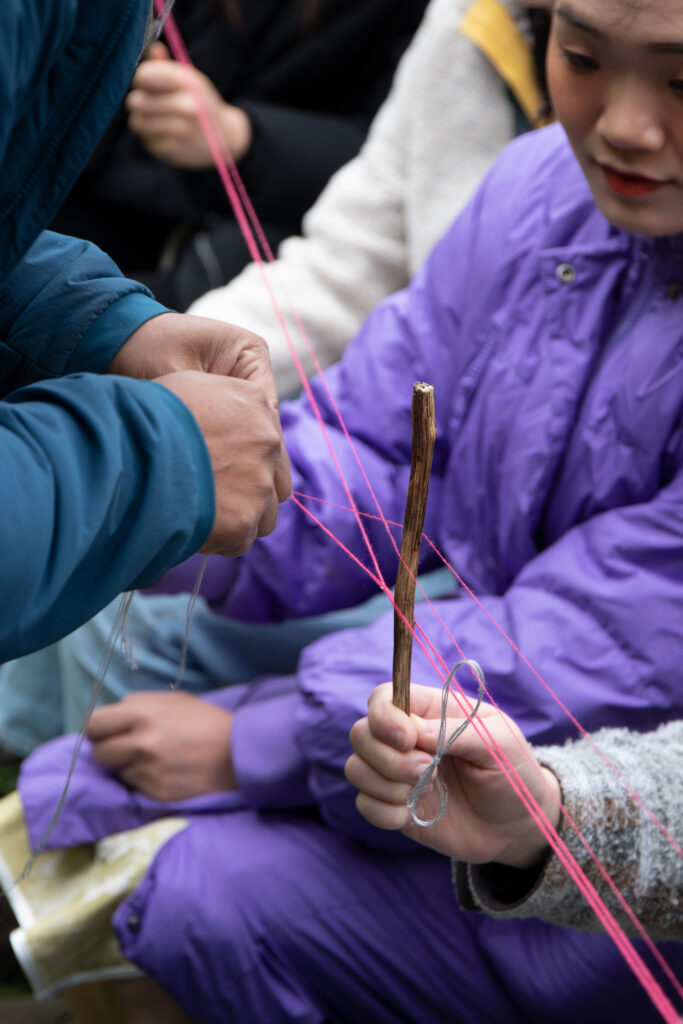
Students and staff had an opportunity to participate in the workshop, learning how to design a pattern in preparation for weaving. Pichillá then demonstrated the use of backstrap loom, the type traditionally used by Maya communities throughout Guatemala. Generally, the loom would connect to the weaver’s belt and be supported by the trunk of a tree. As he explained, the most arduous task is laying out and counting the threads, making sure that the pattern is clearly established before one can begin to weave. After that, it is a question of patiently weaving the textile, building up one line at a time.
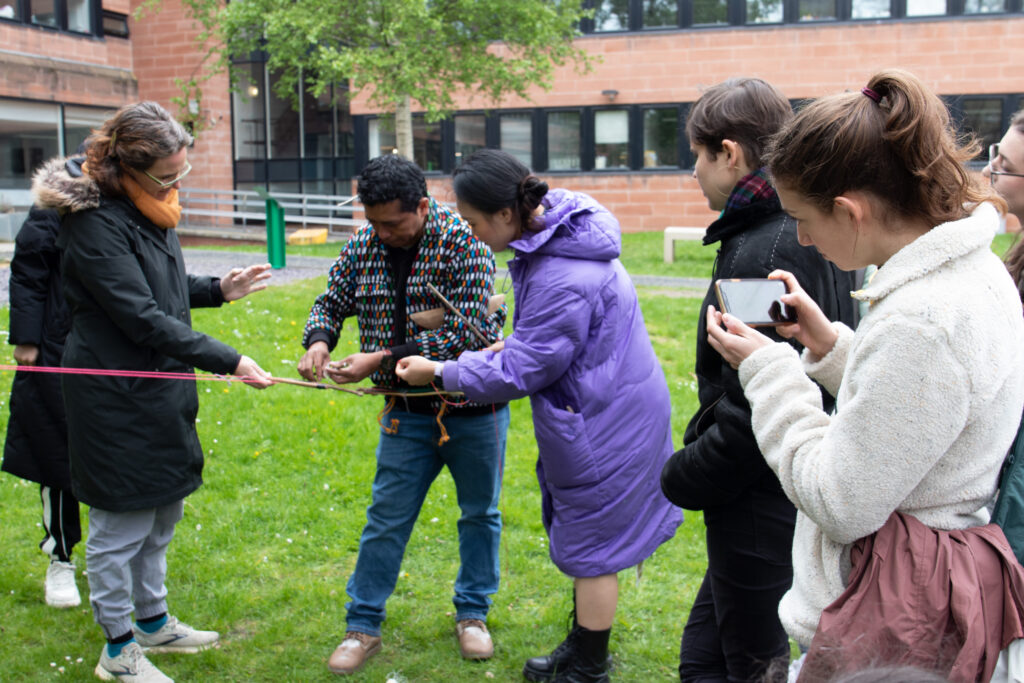
Thank you to all who participated and especially to Antonio for his generosity in sharing his knowledge and work with us!
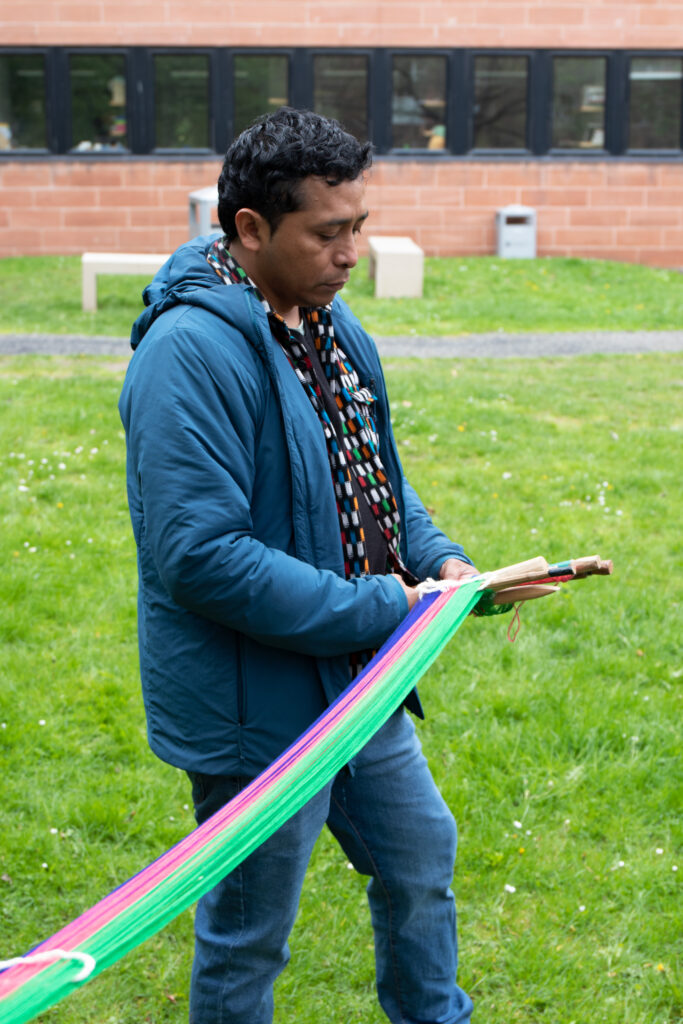
Antonio Pichillá Quiacaín is a Guatemalan artist, born in 1982. His work has been exhibited at numerous international venues, including the Museum of Contemporary Art Santa Barbara, the Kathmandu Triennale, the Hessel Museum of Art / CCS Bard, and is included in the permanent collection of the Museo Reina Sofía, Tate Modern and Kadist Art Foundation. A selection of recently acquired work is currently on view at Tate Modern.
Written by: Dr. Ileana L. Selejan, Lecturer in Art History, Culture and Society, History of Art, ECA

